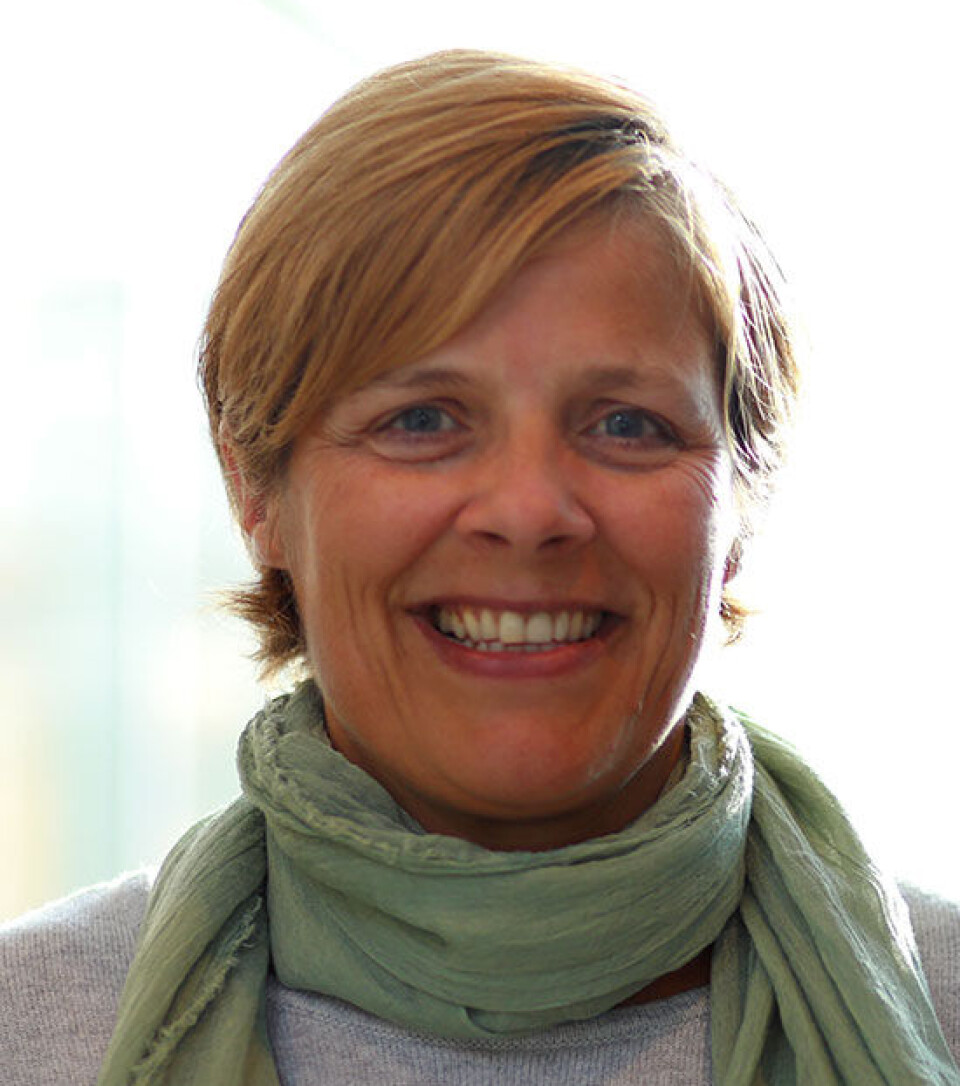THIS CONTENT IS BROUGHT TO YOU BY the Norwegian centre for E-health research - read more

Norway, Sweden, Denmark and Finland introduce digitally shared medication lists
Patients can expect reduced medication errors.
The Nordic countries Denmark, Finland, Norway and Sweden are in various stages of introducing systems for electronically shared medication list (SML).
The aim is to provide healthcare professionals with up-to-date and accurate information about patients' medicines. This will improve patient safety and reduce drug-related errors.
The systems in the Nordic countries are similar, but also have some differences.
Researchers from the Norwegian Centre for E-health Research and the other Nordic countries have compared the systems for shared medication lists in the Nordic region.
Nordic differences
Denmark and Finland have already introduced digitally shared medication lists.
Norway and Sweden are in the process of trialling and introducing their systems.
The goal of launching the systems has been similar in all countries:
- Updated and correct medication lists available between the municipal health service, GPs, and hospitals.
- Reduce medication errors and increase patient safety.
All countries have had e-prescriptions for over ten years. Despite this, researchers have realised that even this is not enough to keep up-to-date information on patients' medication use.

Norway has the Prescription Intermediary, a database accessible to all prescribers, doctors, and pharmacies in the country. The Prescription Intermediary contains all active prescriptions, but does not necessarily give a complete overview of the prescribed medications of a patient.
“Prescriptions expire after one year. They will then no longer appear in the Prescription Intermediary. But that doesn't mean that the patient should stop taking the medication anyway. In such cases, the system we have today is not good enough,” says pharmacist and researcher Anette Vik Jøsendal at the Norwegian Centre for E-health Research.
The patient's medication list
In Norway, a system has now been developed for digitally shared medication lists, called ‘Pasientens Legemiddelliste’ (PLL). This shows all medicines prescribed by the doctor, regardless of whether the patient has an active prescription for the medicine or not.
Testing of PLL on patients with ordinary prescriptions started in Bergen in 2021, and a nationwide implementation is planned to start in 2024.
One of the key differences between the solutions in the Nordic region is the type of information available in the list.
The SML in Denmark and Norway is based on medication orders, while Finland and Sweden have lists based on prescriptions.
In addition, there are differences in the extent to which previous drug treatments can be viewed in the different systems.
At present, none of the systems include information about medicines administered during hospitalisation, and none give patients direct access to change or comment on their own medication list.
How digitally shared medication lists work in each country
- Norway: Pasientens Legemiddelliste (PLL).
Pilot testing since 2021 in one region (Western Norway Regional Health Authority). National introduction planned to start from 2024. - Sweden: Nationella läkemedelslistan (NLL).
Introduced in 2021, but still lacks integration with doctors' patient records. Full integration with all systems planned by December 2025. - Denmark: Fælles medicinkort (FMK).
Introduced in stages since 2014. Integrated with local health systems in hospitals, general practice, and the municipal health service. - Finland: Kanta and prescription service (ePS).
Introduced in stages since 2010, mandatory since 2017. Planned further development of medication list including medicines administered in hospitals from 2027.
Patients need to be more involved
These systems have the potential to increase access to information and reduce discrepancies between medication lists. However, there are challenges related to updating and involving patients.
Healthcare professionals do not always update such a system correctly, and patients do not currently have the opportunity to edit or indicate their adherence to the medicines in the lists.

“Ultimately, it is the patient who decides what medication they actually use. If we want the list to provide a complete picture of the patient's medication use, the patients themselves must be involved and have the opportunity to enter information,” researcher Unn Sollid Manskow at the Norwegian Centre for E-health Research says.
You cannot edit the list yourself
None of the SML solutions in the Nordic countries provide fully updated information on medication use during hospitalisation.
Citizens have access to view their digitally shared medication list, but none of the solutions allow citizens to edit or provide feedback to prescribers on actual medication use.
To ensure an accurate and complete medication list, it will be necessary with increased patient involvement.
Many countries are developing solutions for digital shared medication lists, but knowledge about the effects of the systems is still limited.
This study uses a common terminology to describe the systems in the Nordic countries. This will make it easier to compare the effects of such systems across countries in the future.
The researchers suggests that further work should explore advanced technology, the patient perspective and privacy issues related to SML systems.
Reference:
Jøsendal et al. Nationally Shared Medication Lists – Describing Systems in the Nordic Countries, European Federation for Medical Informatics (EFMI) and IOS Press, 2023. DOI: 10.3233/SHTI230104

This content is paid for and presented by the Norwegian centre for E-health research
This content is created by the Norwegian centre for E-health research's communication staff, who use this platform to communicate science and share results from research with the public. The Norwegian centre for E-health researchis one of more than 80 owners of ScienceNorway.no. Read more here.
More content from the Norwegian centre for E-health research:
-
Technology in the health and care sector: "This is not just about new gadgets"
-
Five Nordic and Baltic countries take a major step toward the future of health research
-
A digital chatbot can help you stay fit
-
Researchers' advice for better healthcare services: Listen to the patient!
-
Half of those who received mental health care found errors in their medical records
-
AI can understand your medical records: A new language model could revolutionise healthcare





































